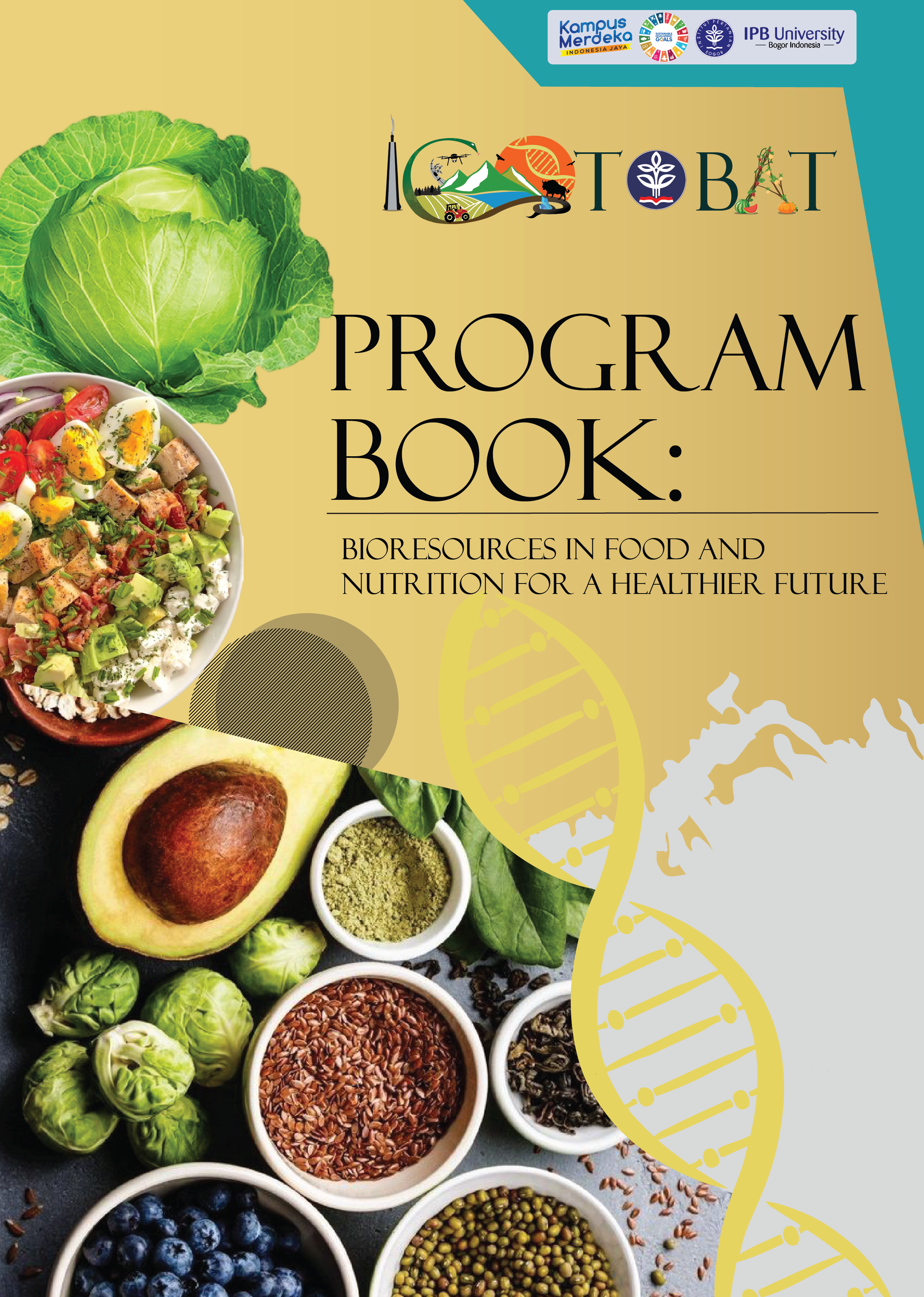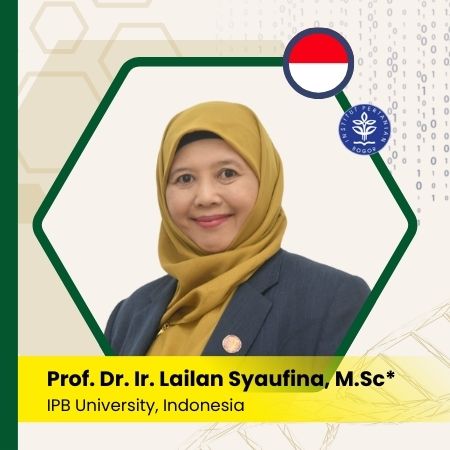Morphological characteristics and nutrient content of Arabic chicken egg powder after gamma irradiation treatment
Keywords:
Arabic chicken, Egg powder, Gamma irradiationAbstract
In Indonesia, Arabic chicken eggs are one of the functional dietary ingredients. Eggs prepared in powder are vulnerable to microbial contamination and quality loss. Gamma irradiation is a practical food preservation technique. This research evaluates the influence of gamma irradiation on morphological characteristics, nutrient content and microbial count of Arabic chicken egg powder. The powdered Arabic chicken egg was exposed to doses of 0, 2.5, 5, or 10 gamma irradiations. Morphological characteristics, nutrient content, and microbial count were analyzed in this study. Results showed that there is no effect on morphological characteristics of Arabic egg powder after gamma irradiation. However, as the radiation dose increases, the redness (a*) and yellowness (b*) values of hunter color decrease (p<0.05). Compared with untreated samples, protein and fat are significantly affected by gamma irradiation (p<0.05). Furthermore, after irradiation, moisture levels decreased (p<0.05). The optimal dose for microbial load elimination is 5 kGy. It was concluded that gamma irradiation is an effective strategy for eliminating microbial contamination in Arabic egg powder without negatively affecting product quality (morphological characteristics and nutrient content).





























